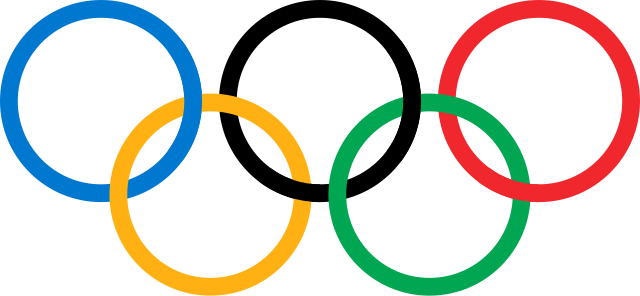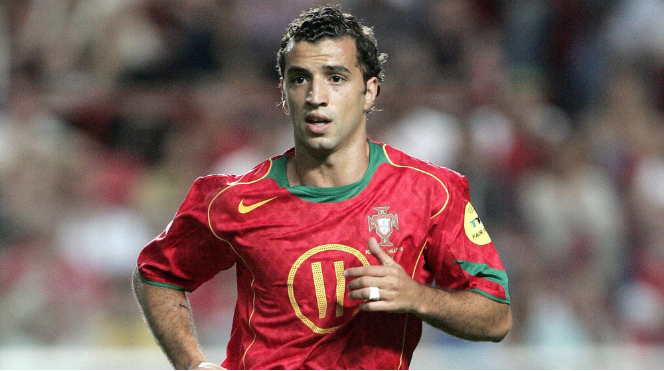Moscow tribute to victims of Stalin terror
Hundreds of people braved the late autumnal cold in Moscow on Saturday to remember victims of the Stalin era, reading out names of people murdered at the height of the Terror.
Some 200 people congregated opposite the former headquarters of Joseph Stalin’s secret service, home to the FSB and its KGB predecessor, for a ceremony organised by the Memorial NGO in memory of victims killed in the peak of Soviet repression.
“Jiganin, Ivan Georgievich, 59, roads and waterways employer, shot dead on December 31, 1937; Eromenko, Grigori Mitrofanovich, 22, worker, shot dead March 16, 1938; Gerassimov Nikolai Grigorievich, 33, PE teacher, shot dead April 13, 1937…”
Just three names on a long list underscoring the apparent arbitrary nature of those selected for the firing squad.
Victims, ranging from teenagers to pensioners, came from all walks of life. Some were Russians, others Jews, Tatars, Poles.
Some were soldiers, others civilians. Victims were anything from priests or nuns, to simple workers, engineers, bakers, civil servants or tram drivers.
Some emotional participants added their own personal tributes to Saturday’s proceedings.
“And my father, shot in 1938,” said one.
“My grandfather, starved to death in a camp,” added another.
“I have come to honour the memory of all these victims of terror,” said Nikolai Borissov, a 36-year-old restaurateur.
“Several members of my family were shot and my grandmother spent years in a gulag.”
Historians estimate about a million people perished in Stalin’s Terror or Great Purge in the mid-1930s of around 20 million who died under his three-decade rule before his death in 1953.
Saturday’s ceremony came ahead of Sunday’s Day of Remembrance for victims of political repression which former president Boris Yeltsin set up in 1991, though the Russian authorities are not officially commemorating the date.
Some 20 diplomats from the United States, Europe and Canada attended Saturday’s gathering to place wreathes on a rock memorial set in a Moscow park near Red Square from Solovki in Russia’s far North, the site of one of the first gulags.
Stalin’s grave is barely a stone’s throw away at a necropolis outside the Kremlin walls.
Dozens of towns were meanwhile holding masses to mark the Stalin era victims.
Commemorating victims of repression remains controversial to the point of being deemed unpatriotic 25 years after the Soviet Union’s demise as Russia today witnesses increased rehabilitation of Stalin and nostalgia for his era.
That nostalgia finds expression in calendars bearing his likeness while recent years have seen statues erected to him in several cities, notably last June by the Military Historical Society under Vladimir Medinski, the culture minister.
In contrast, earlier this month, authorities declared Memorial, a leading civil rights group founded by dissident and Nobel peace prize laureate Andrei Sakharov in 1989, a “foreign agent.”
Dozens of other groups have had the same label attached under recent legislation which government opponents have criticised as a crackdown on civil society.


